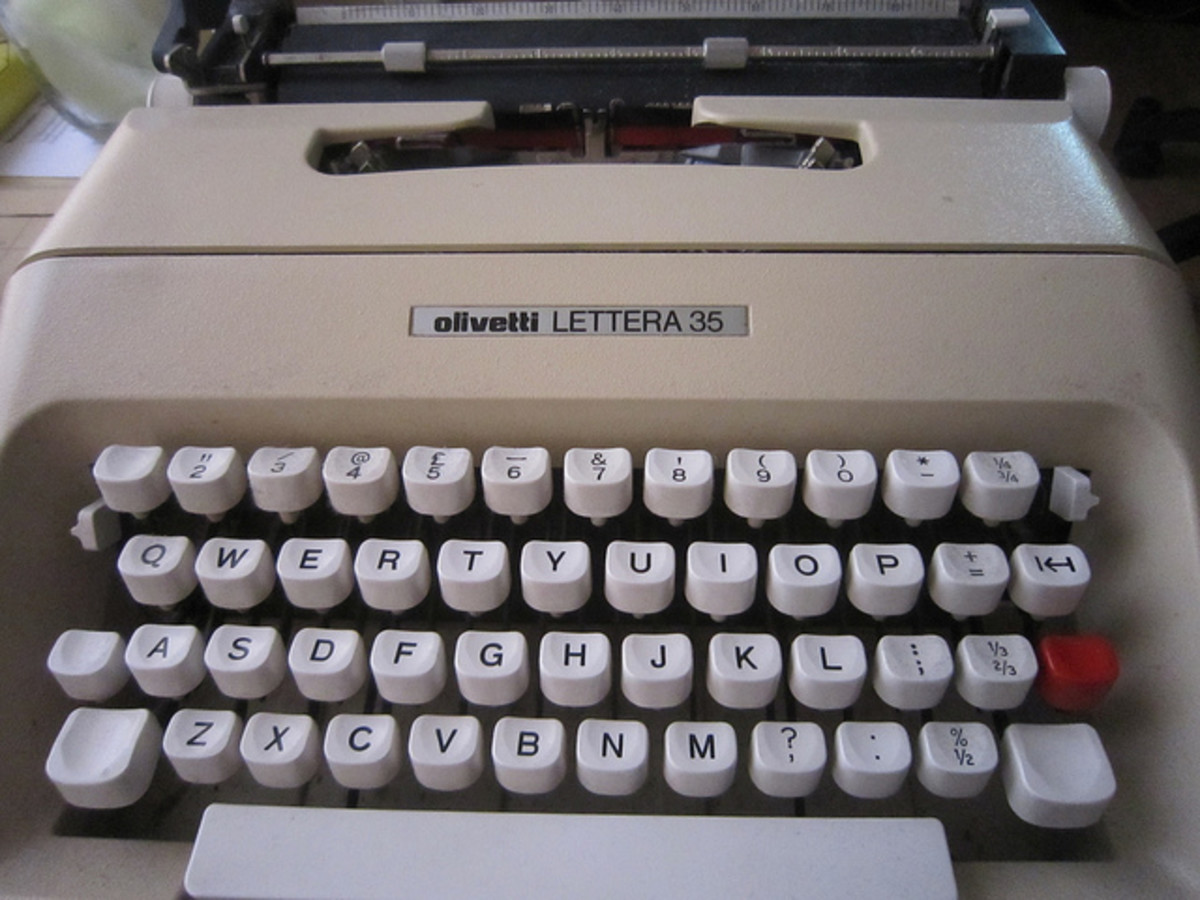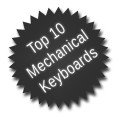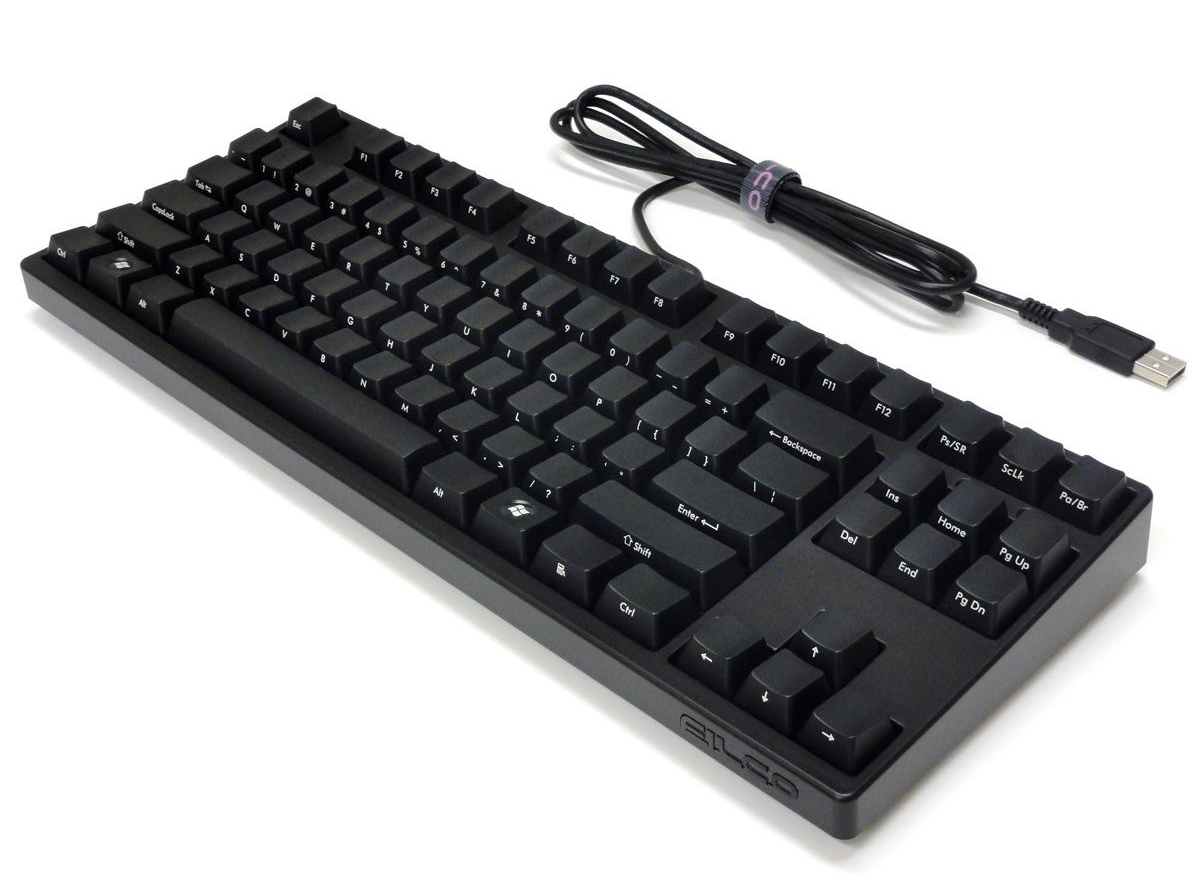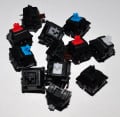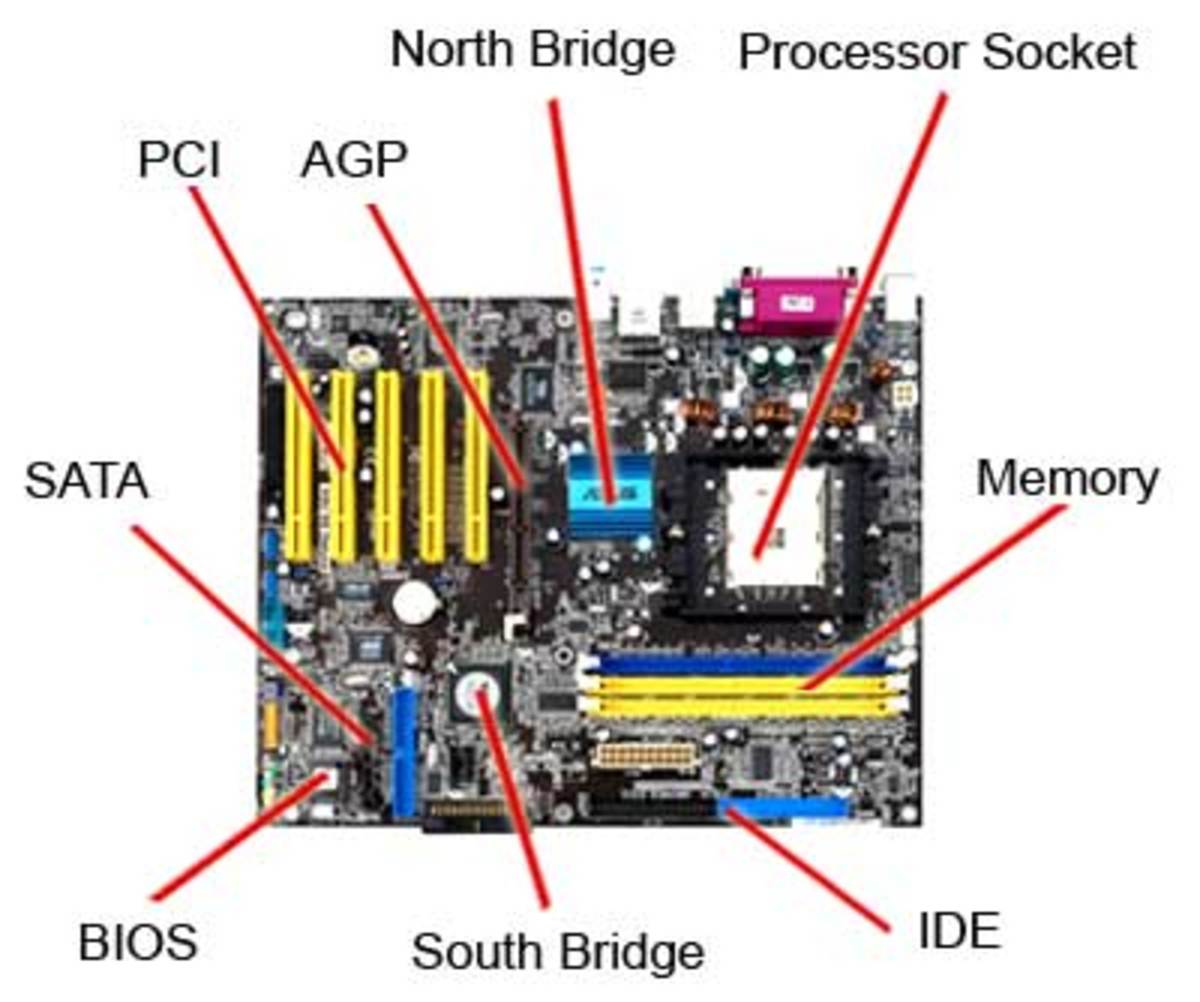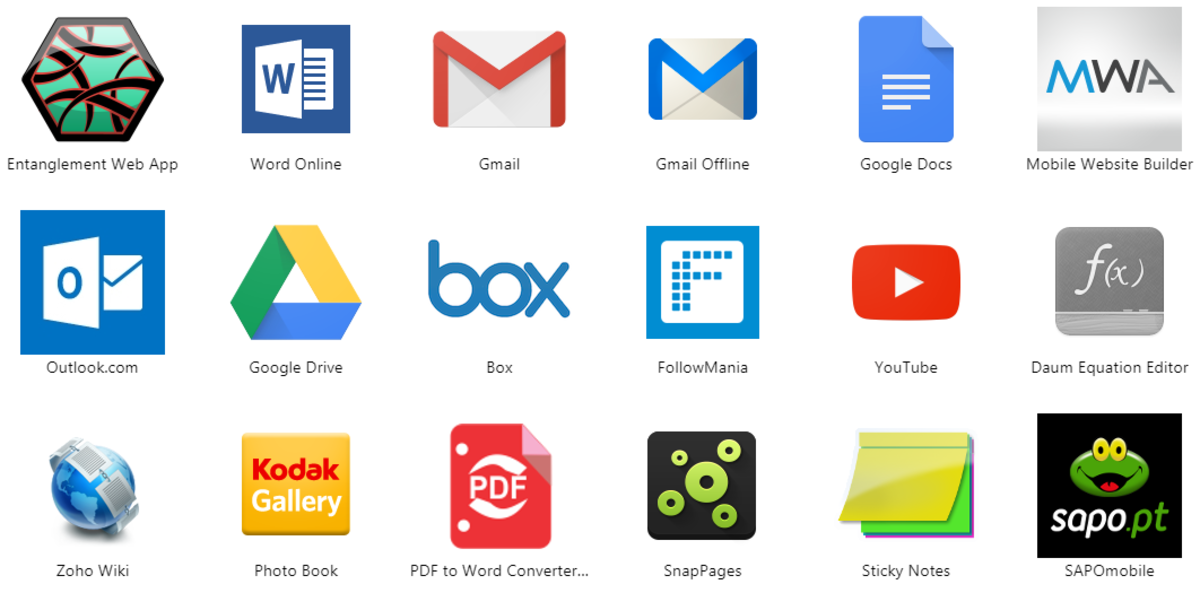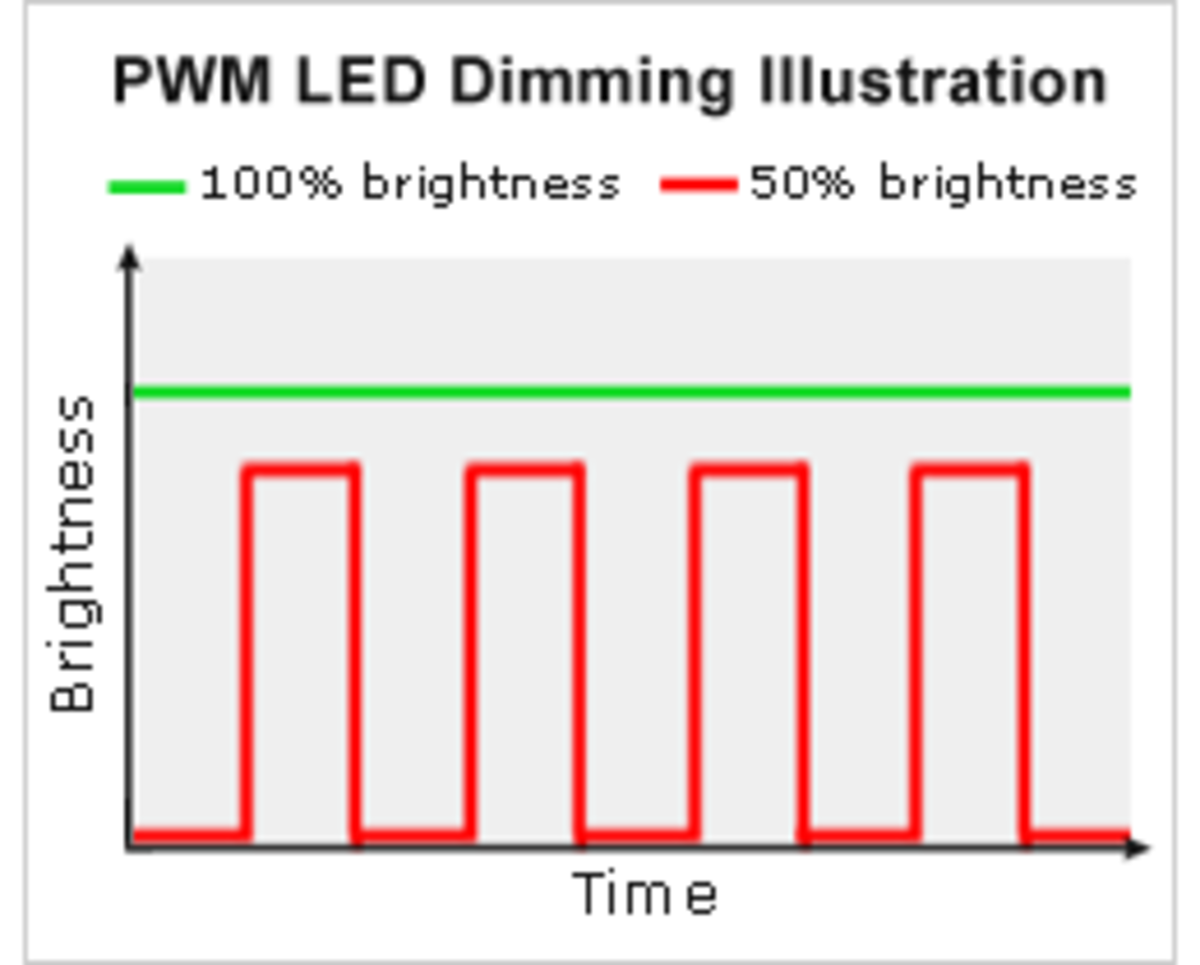Tips for Fast Typing

Learning to Type Quickly
If you are looking for tips for fast typing, then tap into the experience of an "old pro". When typing used to be a skill that you learnt over time, working towards qualifications, the lessons you learnt were drilled into you and I will now share those methods with you so you can learn to type quickly.
Years ago, the first time you encountered a keyboard was most likely in the classroom. In modern times people have been exposed to keyboards from an early age and so have never learnt to type quickly and accurately - tending instead to "hunt and peck", or to not use all their fingers, or to just look at the keyboard while typing.
Benefits of Typing Faster:
Confidence: If you can type quickly, without errors, you will become more confident in your improved typing skills, such that you no longer even realise you are typing and can concentrate on the content you are producing.
Time: The faster you can type, accurately, the more time you save.
Improved Content: If you are concentrating more on the content you are typing, rather than the process of typing, your end result will be improved. This might mean a better job application, or a more successful "first novel" if you are writing for income.
Employability: If you are between jobs, or a student seeking temporary jobs between semesters, you might turn to an employment agency to fill those gaps. They will invariably offer you a typing test - and the faster you can type the more desirable you are to many employers for temporary roles.
Online Writing: Whether it be Facebook updates, or whether you wish to make an income writing articles here on Hubpages full-time, your online writing will be more confident and easier to read as you will be able to type "what's in your head", rather than losing the flow due to problems with typing speed.
You can benefit in a dozen ways from these simple tips for fast typing, simply by following them.
Speed -v- Accuracy
Learning to type quickly isn't much use if you are inaccurate. The real key to being a fast typist is to focus first on accuracy, then build up your speed. If you just try to type quicker, without caring about accuracy, you are wasting your time.
Every time you make a mistake, you have to stop to correct it - overall this makes you slower.
If you know your accuracy is 100% then once you're finished it also means you don't have to proof-read your work with a fine tooth-comb to check for accuracy, you will have the confidence that it IS right and be able to skim through (or just trust yourself once you're really good). I will admit to never proof-reading.....
What is Fast Typing?
Some people want to know how their typing speed compares with other people or with other measures.
The old RSA Stage I Typewriting exam had a recommended 26wpm before you sat the exam, else you'd not be fast enough to complete the paper within the time.
As a secretary with an RSA Stage II Typewritng certificate 50-60wpm was the norm.
These days though, with keyboards on PCs being easier to use, generating a faster typing speed, than old manual typewriters, people will often find they are achieving 60-100wpm.
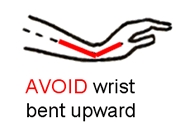
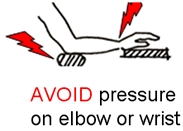
Tip 1: Posture
The most obvious tip for learning to type quickly is your posture. When you are typing, speed will increase if you can achieve the best position to sit at your keyboard.
When you sit:
- Keep both feet on the floor. If you are short, then you might benefit from using a footstool.
- Keep your back straight.
- Your elbows should be off the table. Your elbows should be slightly higher than your wrists
You should use a good, adjustable, ergonomic chair if you plan on typing for many hours. If you sit badly you can cause injury or damage to your bones and joints, especially your back. Some of these outcomes can be permanent.
Tip 2: Keyboard Position
If you think back to how typewriters used to be, with each row of keys at a different height to the rest, you will be able to type faster (and more accurately) if your keyboard is set at an angle. If you look on the underside of your keyboard you'll usually see two little "feet" that you can pull out to make your keyboard higher at the back than at the front.
The keyboard should be positioned right in front of you, without it being too close and without you having to reach over other items to type.
Tip 3: Cover Your Keyboard
The secret to typing quickly is to instinctively know where every character is on the keyboard, without even thinking. You can only really do this if you can't cheat. If you can cover up the characters on your keyboard while you are practising then you won't be able to cheat and you'll have to actually LEARN how to type properly.
You can even buy keyboards with the characters removed.
When I learnt to type our keyboards had the characters removed - and we had a large poster on the wall in front of us in the classroom.
Use the Home Keys
The secret to hitting the right characters is using the home keys. The home keys on your keyboard are the F and the J. On most keyboards there will be a small dot or other physical mark on these two keys - you probably never noticed before.
When learning to type, your fingers should be hovering over the middle row of the keyboard, with your two index fingers hovering over the home keys. As you type each character, you need to always return your fingers to these positions. What you "learn" until it is instinctive is where all the other keys are in relation to this starting position.
All typing books will use these home keys. The marks/dots on the home keys are there so you know your fingers are in the right place without looking.
The secret to typing fast is to USE these Home Keys, cover your keyboard to force you not to cheat ... and practice!
Tip 4: Practice
Although you might think it's "boring", you need to practice your typing. This doesn't just mean typing more, it means typing repetitive words and phrases to build up your speed on specific character combinations and words.
What you don't see these days are "Learn to Type" books. When people learnt to type on manual typewriters, they started by building up their skillset by doing exercises. These exercises performed two functions:
- You learnt where the keys were without looking
- You built up your speed on common and complex character combinations through practice
You can still buy these practice books.
Tip 5: Accuracy, Accuracy, Accuracy
The most important secret to learning to type quickly is accuracy. Without errors your typing is faster, you become more confident and less annoyed and you are spending no time making corrections.
Accuracy is KEY to fast typing. Any typing test you undertake will deduct points/speed from your overall speed score for each error you make.
Build on your accuracy and your speed will come naturally!
You build accuracy from repeated drilling of words, sentences and character combinations.
What is Your Typing Speed Now?
Before you start tyring to improve your typing speed, it's a good idea to take some typing tests now so you have something to measure against.
There are hundreds of free online typing test sites available. I'd find a selection and do a test for 1 minute, 2 minutes, 5 minutes and 10 minutes to get a good set of scores to compare against.

Calculating Your Typing Speed (WPM)
When measuring your typing speed, there is a standard way of doing it. Typing is measured in Words Per Minute (wpm).
Any five characters = 1wpm.
A typing test will calculate the number of keystrokes made and divide that by 5 to give the wpm.
Some words and sentences are harder to type than others. As you progress through any course of typing you will encounter character combinations that are more complex than earlier practice pieces.
A character in a typing test will include punctuation and spaces.
Errors
For each error you make, 1wpm is deducted from your speed.
A 5 Minute Typing Test
If you are doing a 5 minute typing test and you type 2,125 characters in that time, with 10 errors, your WPM would be calculated as:
2125/5 (characters per word) = 425 words typed
425 - 10 (errors) = 415 words typed
415 words/5 (minutes) = 83wpm
Typing Practice Books
Typing practice books are available right from learning the first few characters, through to typing
You only need the first book, the starter book. The objective for you is to learn touch typing, without looking, where all the keys are.
All of these books work on the same basis, that your fingers always hover over the home keys and you practice reaching all the other keys from that starting position.
When you use these books to improve your typing, firstly type the practice line slowly, until you can type it without looking and get it correct each time. Then, repeat typing the line over and over again (4-6 times) going faster and faster each time.
I would go with a book over software every time. Although these books tend to be written in the 1970s and 1980s, the skill has not changed over time and they are cheap to pick up second-hand.
Typing Software
Of course, it's also possible for you to buy typing software, or even to learn online. However, it is my belief that using a physical book makes you more disciplined in learning to type quickly as you can keep on track working down every page. It is too easy with software to skip sections. If you skip sections and try to race to the end, you'll be no better off at the end than you were at the start!
Learning to type quickly is a little bit like a sports person's training: train properly and diligently and you end up with a faster speed. Skimp, cheat and fool yourself and you'll not do as well.
Mavis Beacon Teaches Typing is probably the most well-known of typing software packages.
No Shortcuts
Although it doesn't take long to learn to type quickly, there are no shortcuts. If you can type quickly and accurately you are set up for life with a skill that you can use every day.
It is well worth the effort you put in now.
You will notice results very quickly - and the skill won't leave you. Once learnt, the ability to type properly and quickly doesn't disappear. You will gain time, confidence and a skill that can take you places!

